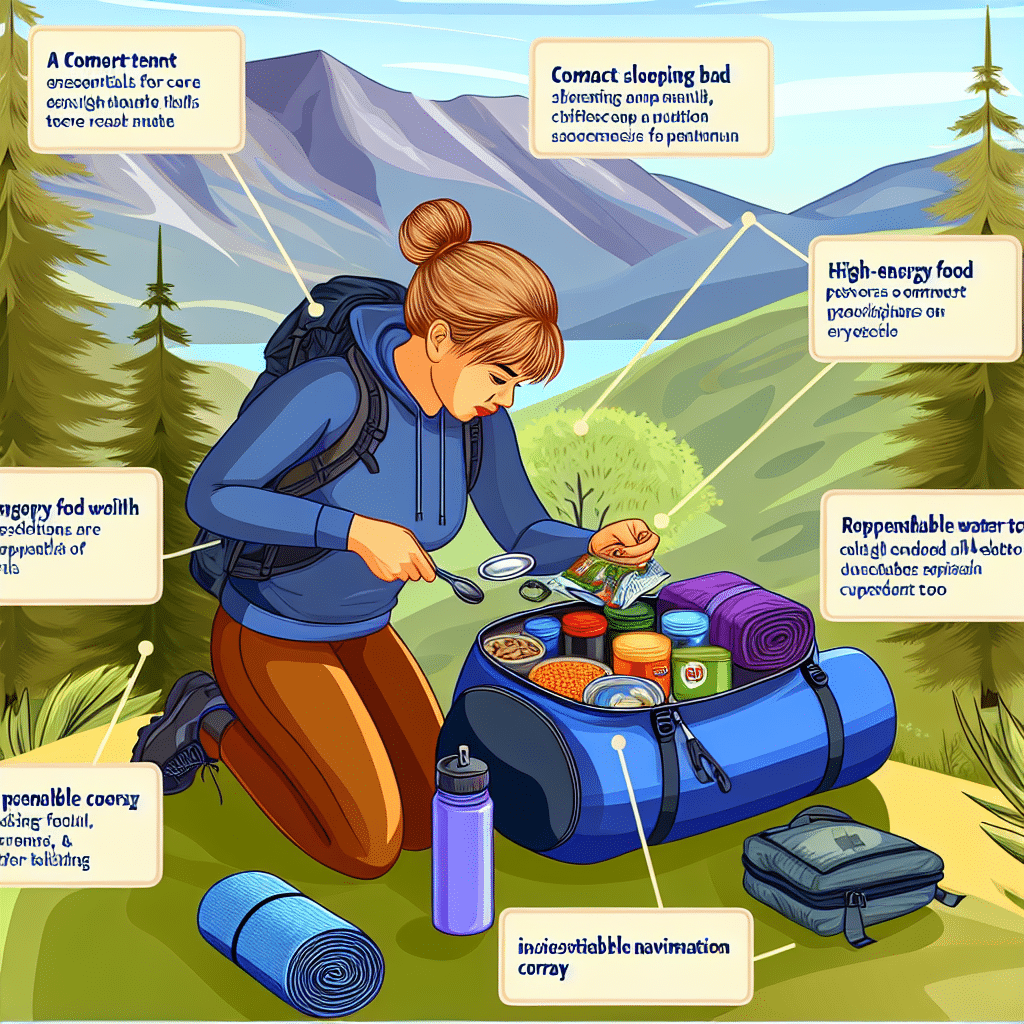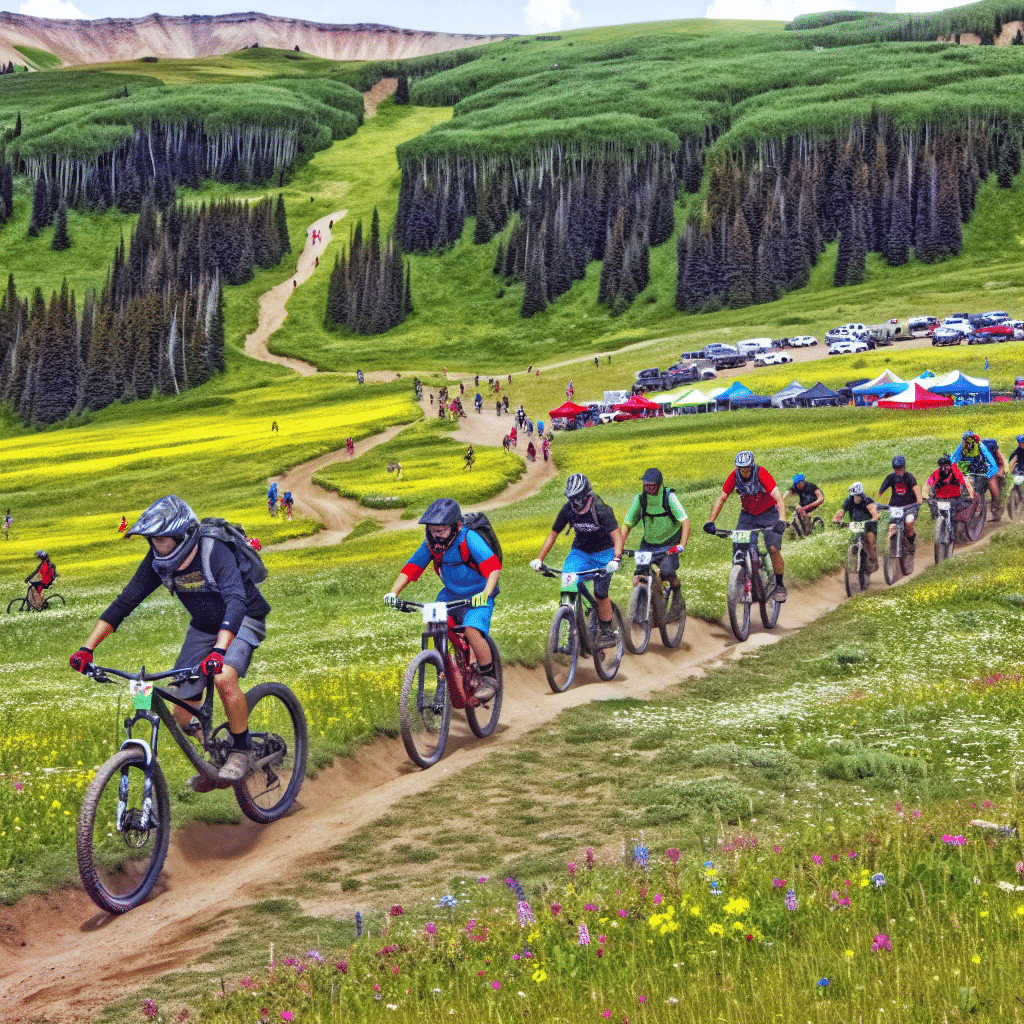Backpacking opens up a world of adventure, allowing you to explore nature’s finest offerings while carrying just the essentials on your back. However, the success of your journey can hinge on how well you pack for backpacking. This article will delve into the nitty-gritty of packing efficiently, ensuring you have everything you need without being weighed down by unnecessary items.
Why is Packing Efficiently Important?
Packing efficiently is not just about fitting your gear into a limited space; it’s about ensuring comfort, safety, and convenience. An overloaded backpack can lead to physical strain, decreased mobility, and even injury. Conversely, forgetting crucial items can turn a pleasant trip into a stressful ordeal. So, what are the key principles of packing for backpacking?
Prioritize Essential Items
First and foremost, identify the essential items you can’t do without. Think of the basics: shelter, food, water, clothing, and safety gear.
– **Shelter:** Whether you’re using a tent, hammock, or bivy sack, make sure it’s appropriate for the weather conditions and terrain.
– **Food and Water:** Pack lightweight, high-calorie foods like trail mix, dehydrated meals, and energy bars. Always carry a reliable water purification method, whether it’s a filter, purifier, or tablets.
– **Clothing:** Consider the climate and pack layers to manage temperature changes. Avoid cotton, which retains moisture, and opt for synthetic materials that wick away moisture.
– **Safety Gear:** Don’t forget a first-aid kit, navigation tools (map and compass or GPS), and a multi-tool.
How to Pack Efficiently for Backpacking?
Now that you know what to bring, let’s discuss how to pack for backpacking. Efficient packing involves organizing your backpack in a way that distributes weight evenly and ensures easy access to frequently used items.
Use the “Three Zones” Method
Organize your backpack into three zones:
– **Bottom Zone:** Store items you won’t need until you set up camp, such as your sleeping bag and camp shoes.
– **Middle Zone:** Place heavier items like food and cooking gear in the middle to maintain balance.
– **Top Zone:** Keep essentials you might need during the day, such as a rain jacket, map, and snacks, in the top zone for quick access.
Utilize External Storage Wisely
Your backpack likely has external pockets and straps for additional storage. Use these for items you may need in a hurry, like water bottles, trekking poles, and rain covers. However, avoid hanging too much gear externally as it can throw off your balance and get caught on branches or rocks.
What are the Best Packing Techniques?
Packing techniques can make a significant difference in how your backpack feels and how easily you can access your gear. Here are some tried-and-true tips:
Compression and Organization
– **Compression Sacks:** These are perfect for reducing the volume of bulky items like sleeping bags and clothing.
– **Stuff Sacks and Dry Bags:** Use these to organize and protect different categories of items. Color-coding can help you find things quickly.
Roll, Don’t Fold
Rolling clothes instead of folding them not only saves space but also helps prevent wrinkles. This is especially useful for synthetic materials and insulation layers.
Fill the Gaps
Efficient packing means using every inch of available space. Stuff smaller items like socks and underwear into gaps around larger items to maximize space utilization.
Checklist: Must-Have Items for Your Backpacking Trip
Before you zip up your backpack, run through this checklist to ensure you haven’t missed anything essential:
– **Shelter:** Tent, footprint, stakes
– **Sleeping Gear:** Sleeping bag, sleeping pad
– **Cooking Supplies:** Lightweight stove, fuel, cookware, utensils
– **Food:** Non-perishables, lightweight snacks
– **Water:** Bottles or hydration system, purification method
– **Clothing:** Base layers, insulating layer, shell layer, extra socks, hat, and gloves
– **Navigation and Safety:** Map, compass, GPS, headlamp, batteries, first-aid kit, multi-tool
– **Miscellaneous:** Sunscreen, insect repellent, toiletries, trekking poles, camera
Final Thoughts: The Weight of Experience
Packing for backpacking is both an art and a science. The more you venture out, the more you’ll learn about what works best for you. Every trip offers insights into how you can streamline your packing process. Remember, the goal is to enjoy the journey, not just reach the destination. With a well-packed backpack, you’ll pave the way for a memorable, comfortable, and safe adventure.
So, whether you’re a seasoned backpacker or planning your first trip, mastering the art of packing is key to unlocking the full potential of your outdoor experiences. Happy trails!




